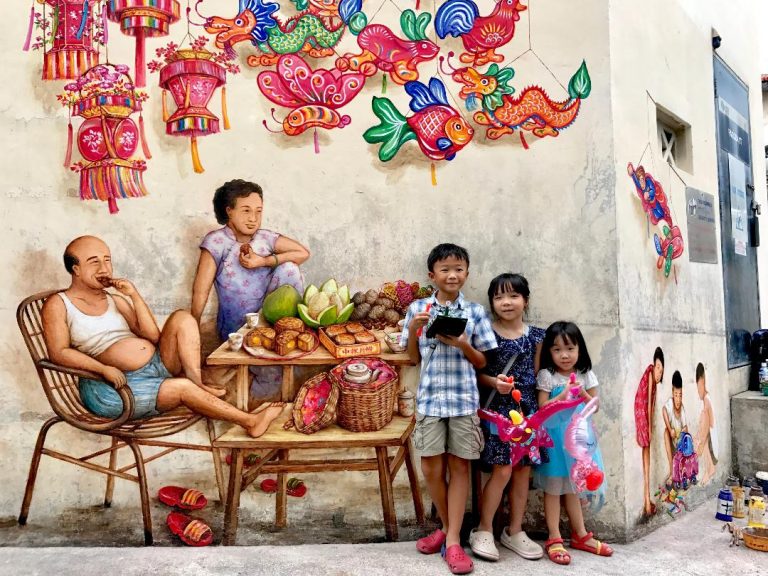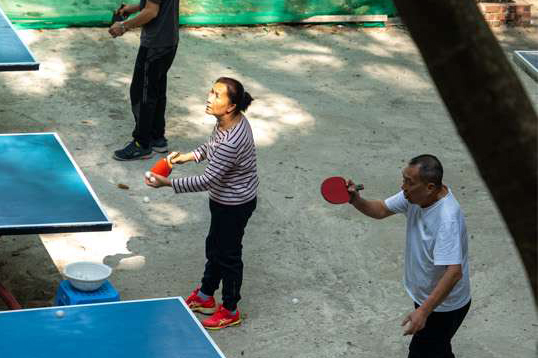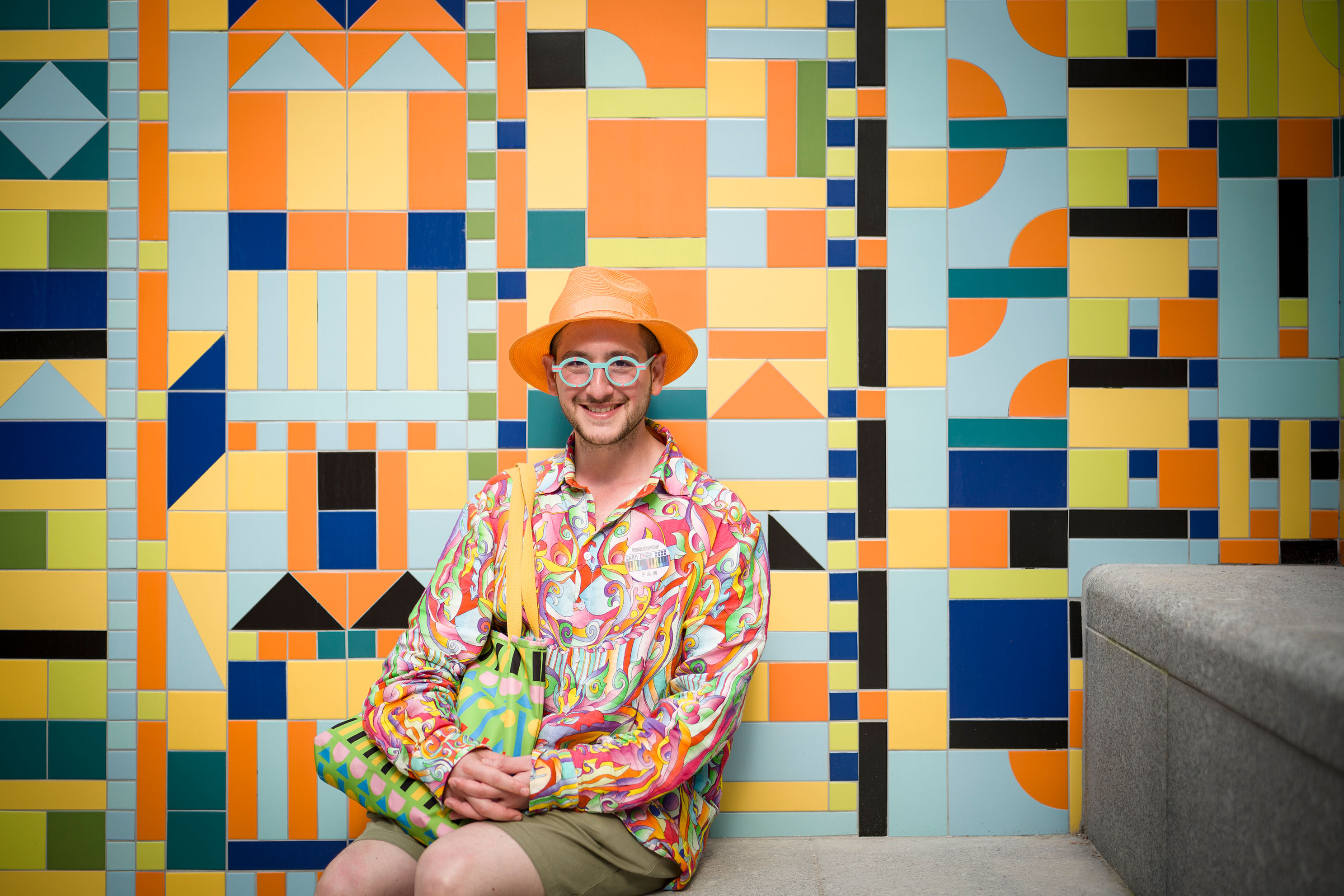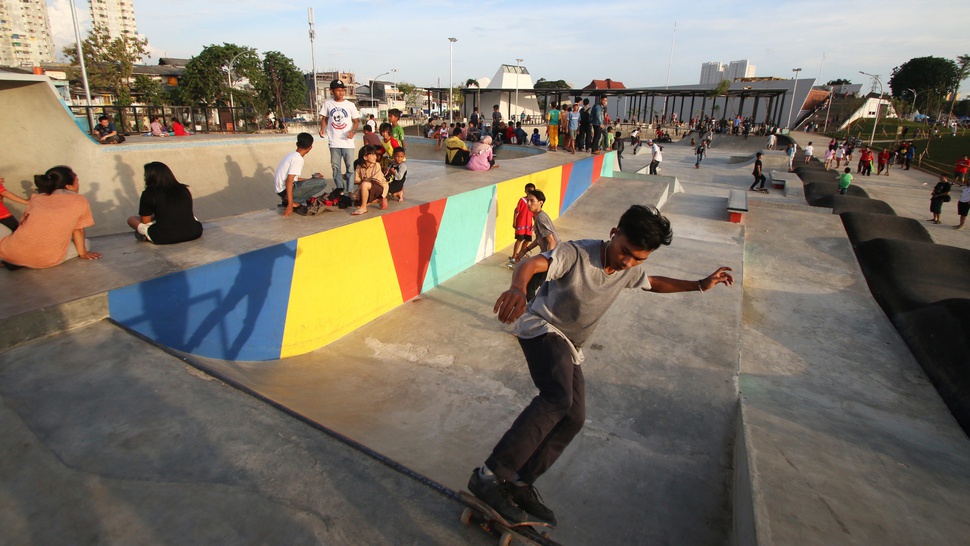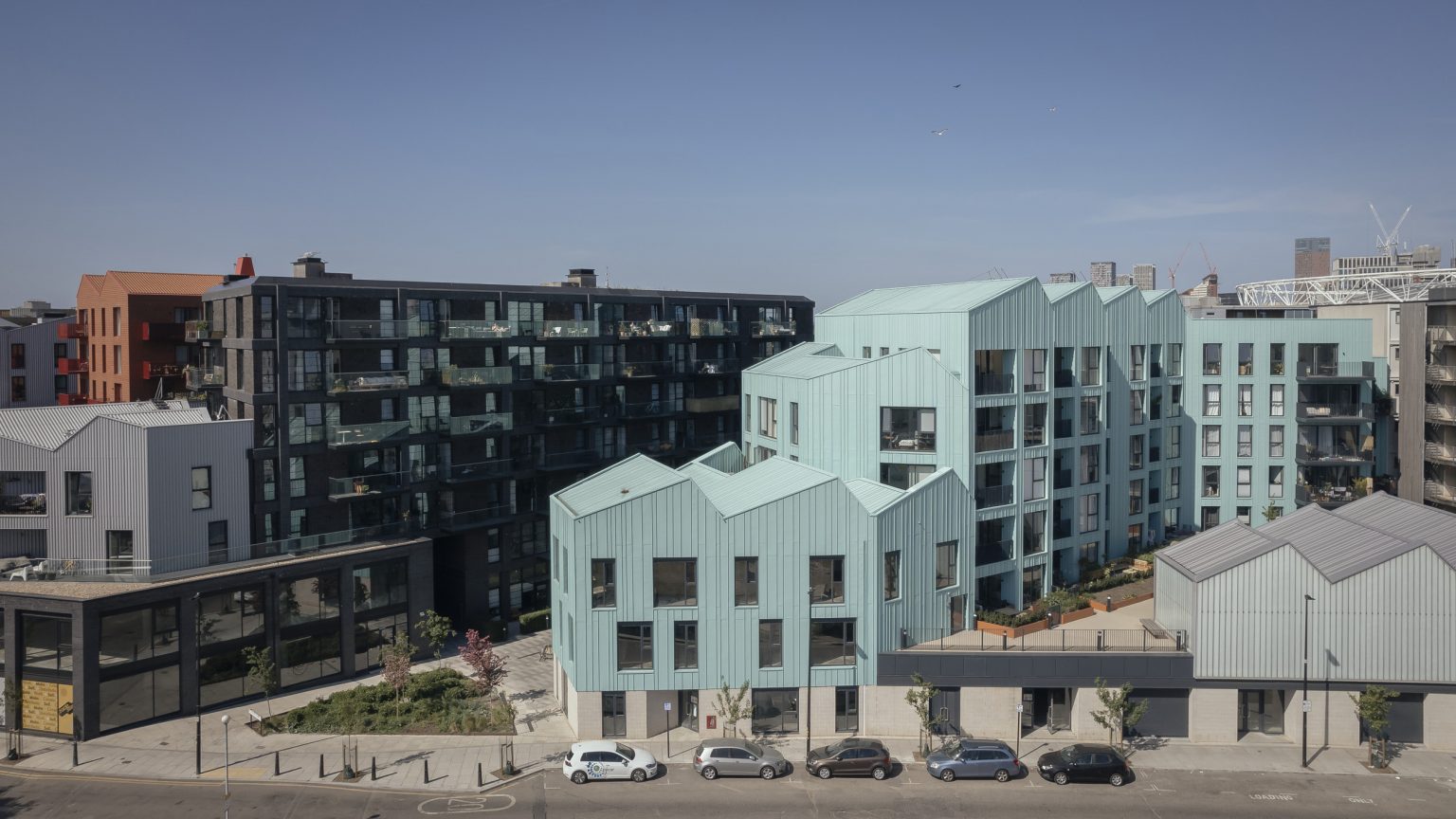Image By: Yip Yew Chong
In major cities, public art is often framed as a matter of beautification. Statues, murals and sculptures are installed to adorn plazas, soften concrete-heavy landscapes and commemorate history. Yet, when conceived as mere ornament, public art is stripped of its most potent function: to create public space itself. True public art doesn’t merely exist within the city; it actively shapes how urban space is experienced, contested and remembered.
In Southeast Asia’s rapidly urbanising cities, the challenge is not just to integrate art into urban masterplans, but to do so in ways that allow for spontaneity and civic ownership. Who decides what art belongs in public? Can experimental and community-driven artistic interventions make a difference in cities governed by rigid planning frameworks?
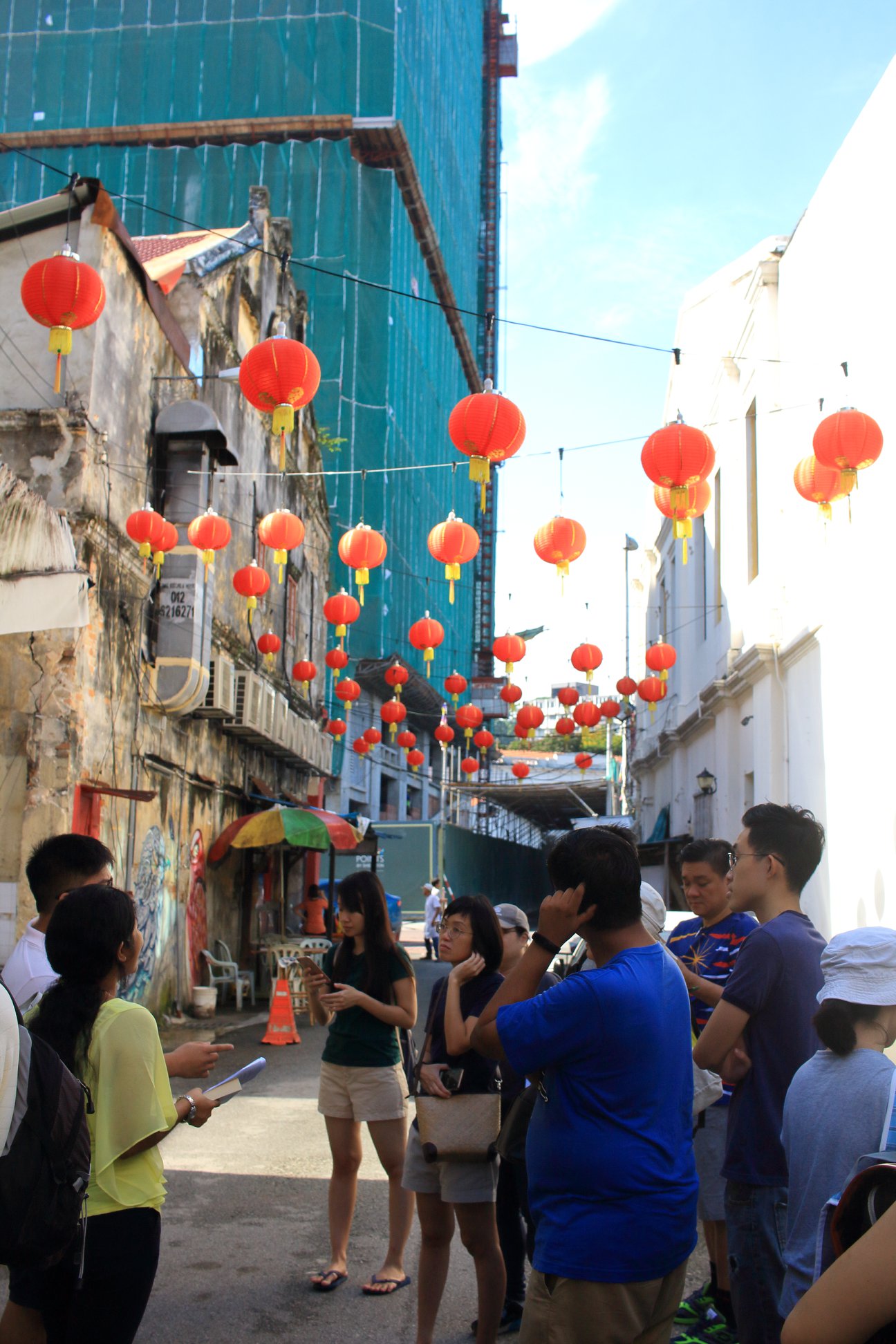
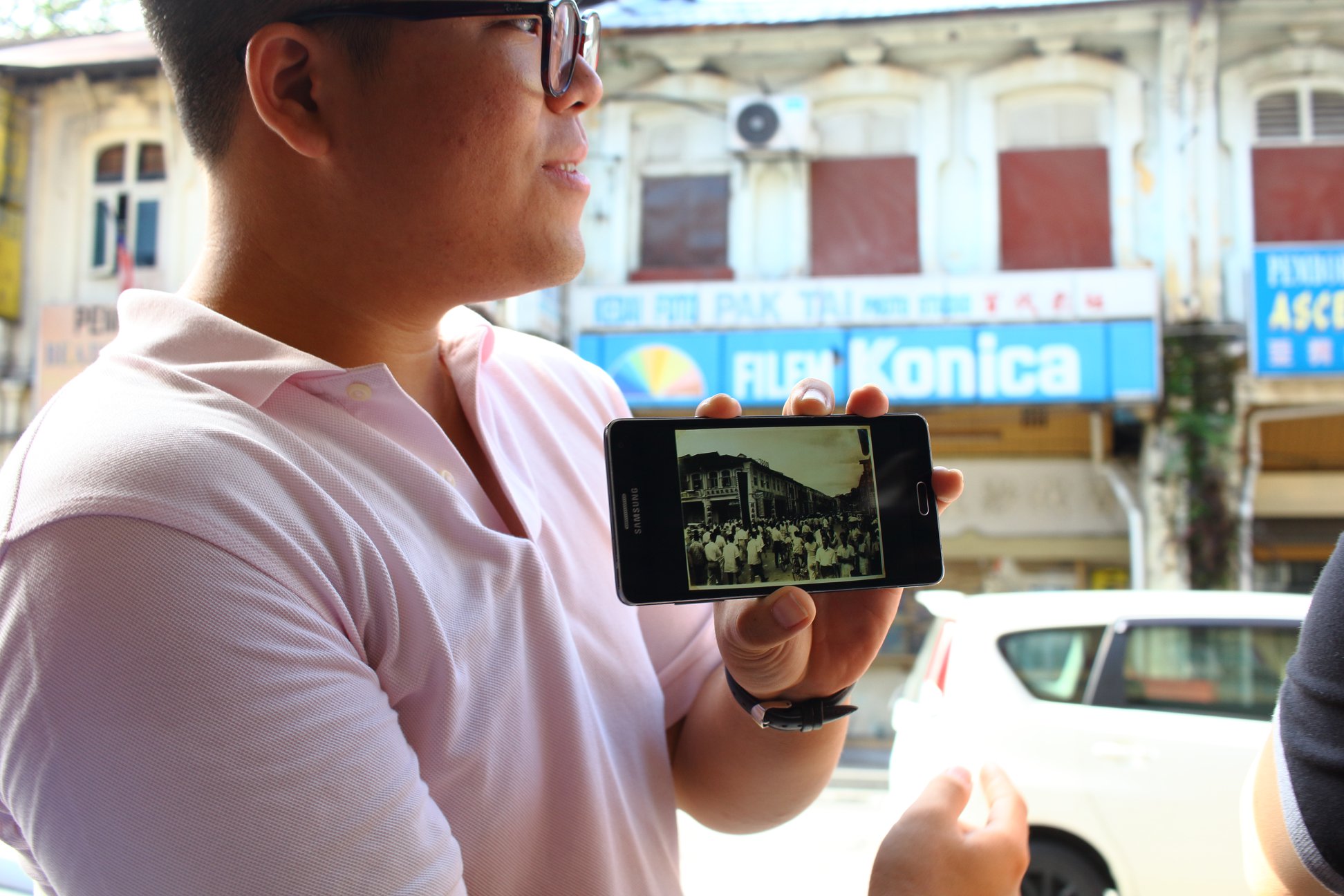
Some initiatives suggest the answer is yes — if institutions and urban planners recognise public art as more than a tool of state branding. Take, for example, RakanKL, a citizen-driven movement in Kuala Lumpur that advocates for heritage preservation and balanced development. Rather than treating heritage as a museum piece, the group’s initiatives — ranging from walks to music performances to pop-up exhibitions — assert the public’s right to know and inhabit a city, especially in a manner that doesn’t require consumption, proving that urban life can be experienced beyond the act of spending. Such interventions are ephemeral, but their impact lingers: they challenge our relationships to urban spaces.
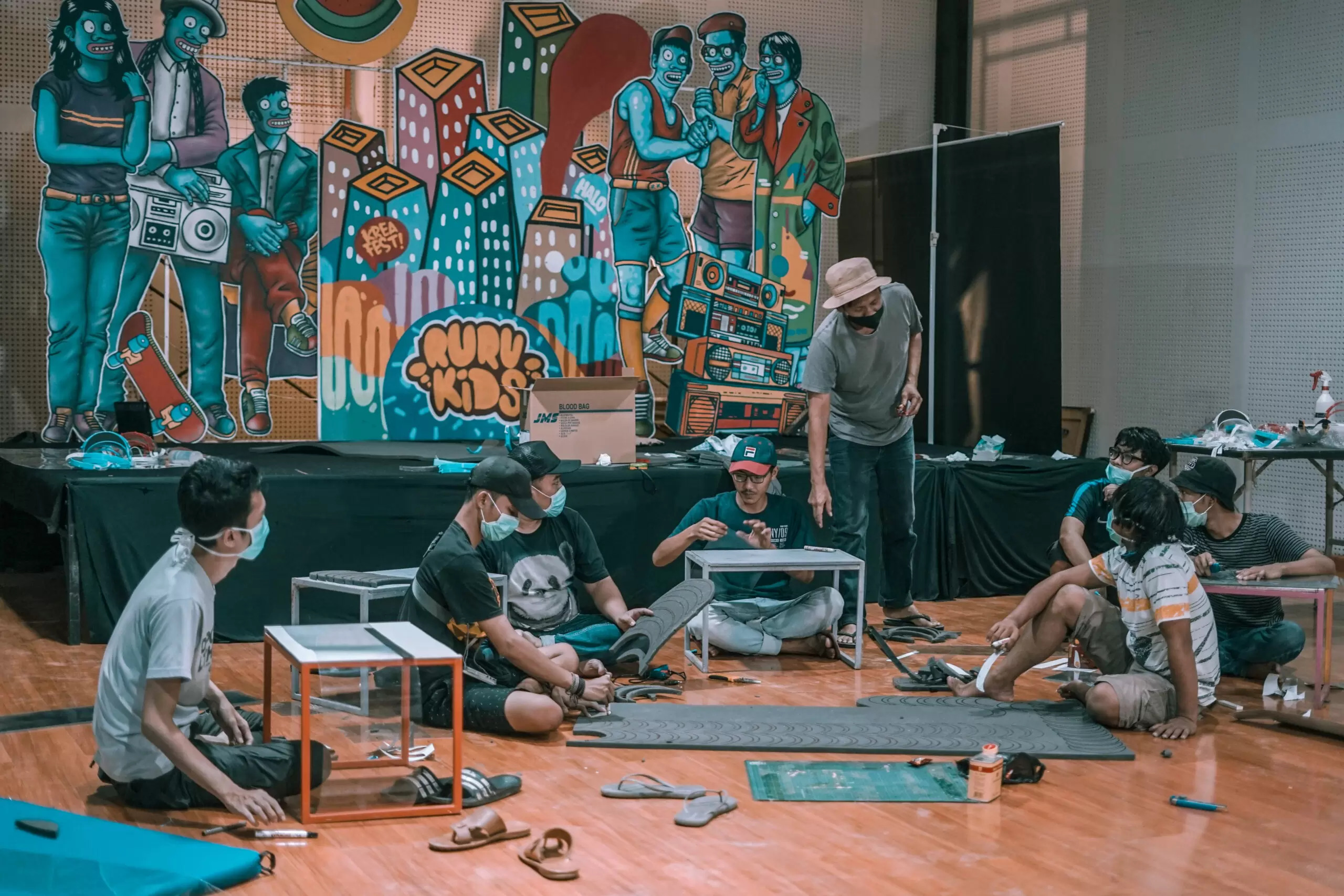
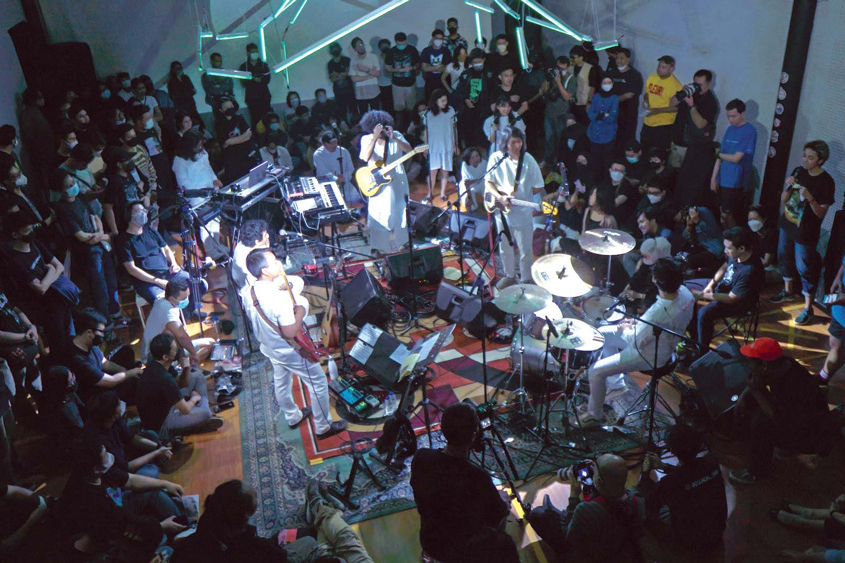
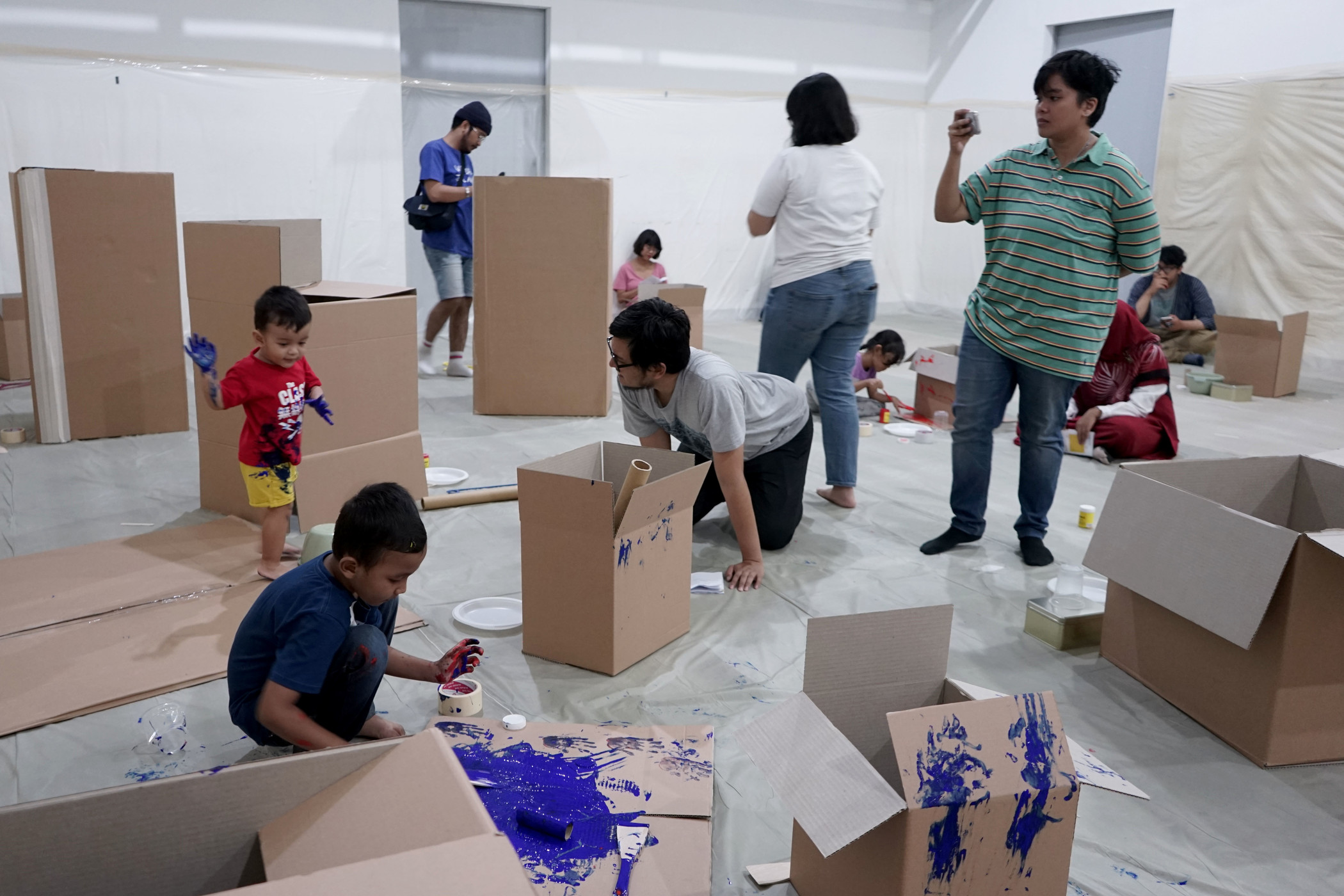
Jakarta’s Gudskul, a knowledge-sharing platform, challenges the conventional separation between public art, education and community building. Rather than treating art as a static object in the urban fabric, Gudskul operates as an alternative ecosystem — one that prioritises collectivism, shared resources and non-hierarchical knowledge exchange. It stands in stark contrast to the top-down approach of many Southeast Asian public art programmes. By fostering peer-to-peer learning and collective governance, Gudskul demonstrates that public art is not just about placing works in the city but about building infrastructures of care, autonomy and civic imagination.

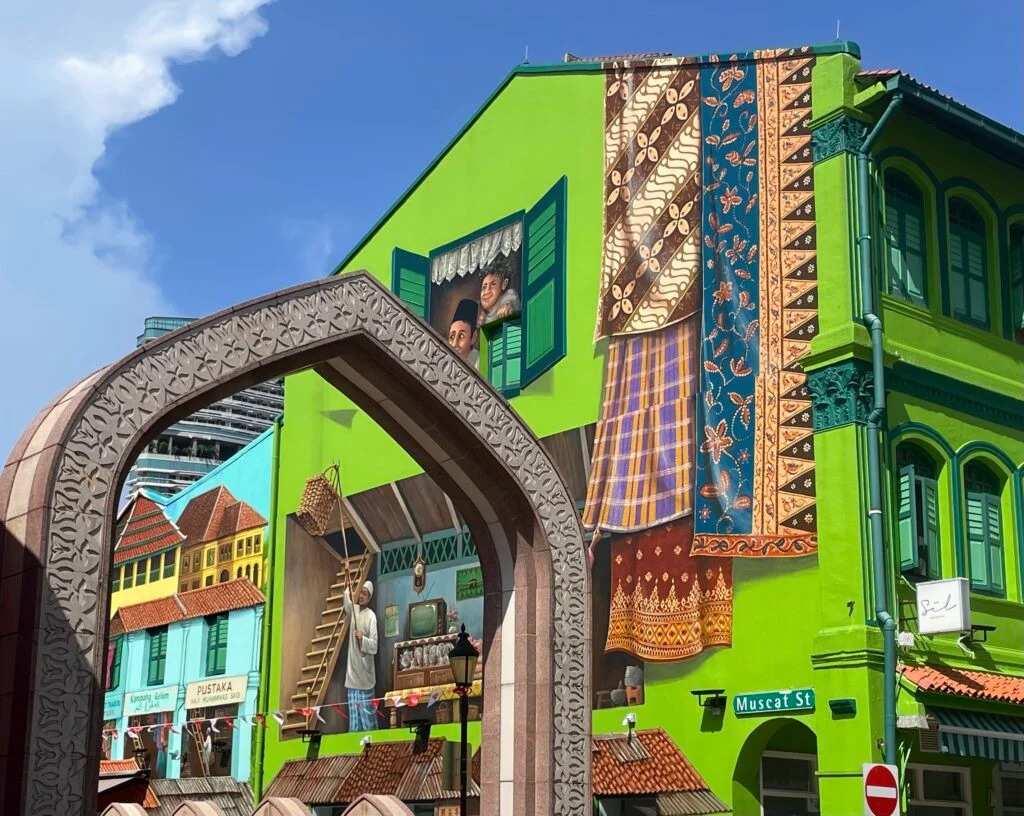

By contrast, Singapore’s National Arts Council commissions public art in a more institutionalised manner, with clear guidelines and funding pathways. While such frameworks ensure quality and permanence, they also raise questions about public participation. The reception of commissioned works varies: while some, like Yip Yew Chong’s nostalgic murals, are beloved, others — such as the prompt-based works by Atelier Hoko that caused controversy — highlight tensions between state-led curation and spontaneous public engagement.
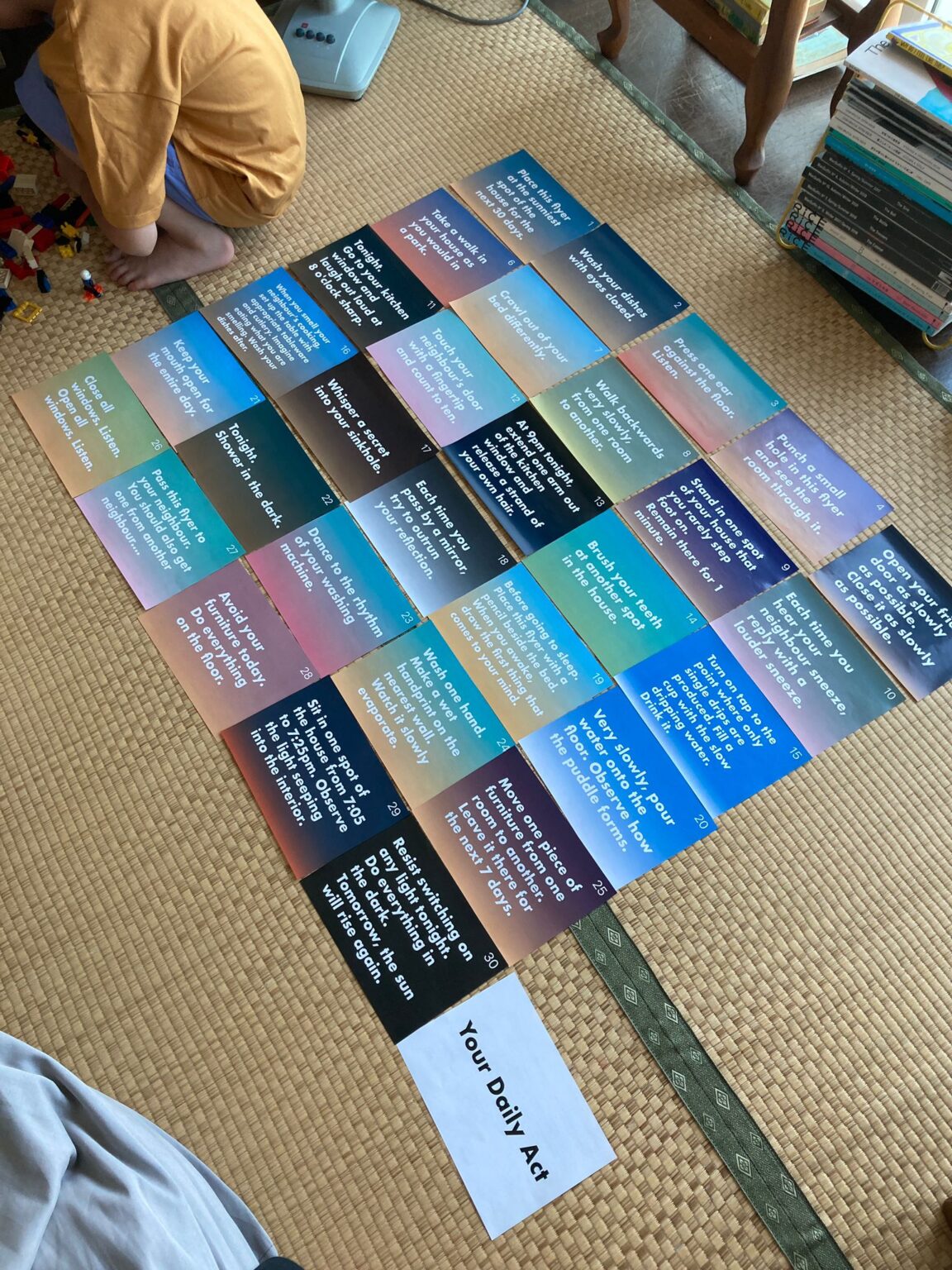

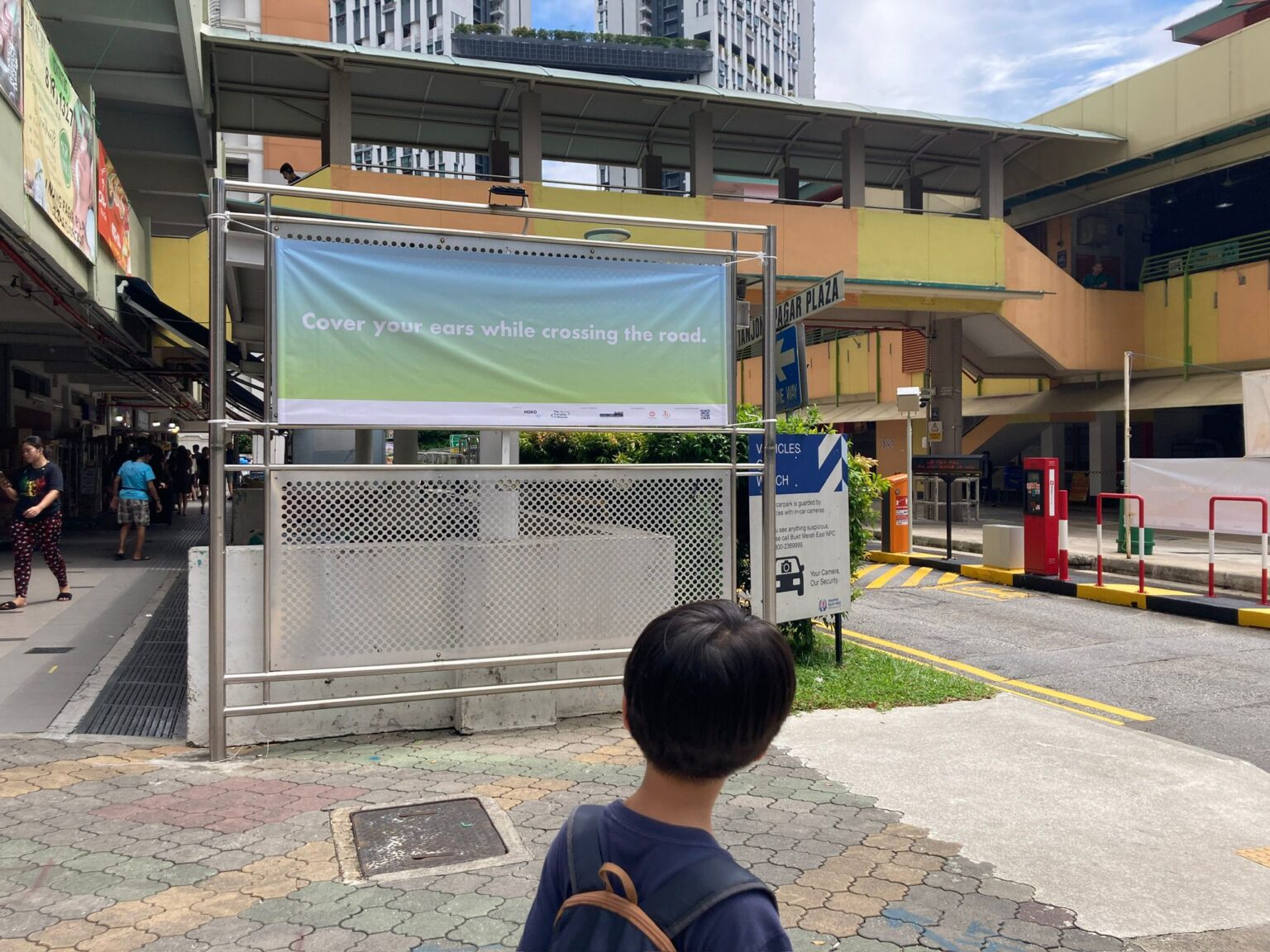
For cities to foster meaningful public art, they must go beyond viewing it as a static addition to the streetscape. Art should be integrated into urban planning not as a last-minute embellishment, but as an open-ended process that allows for improvisation, participation and even dissent. A truly public art is one that belongs to its people.

